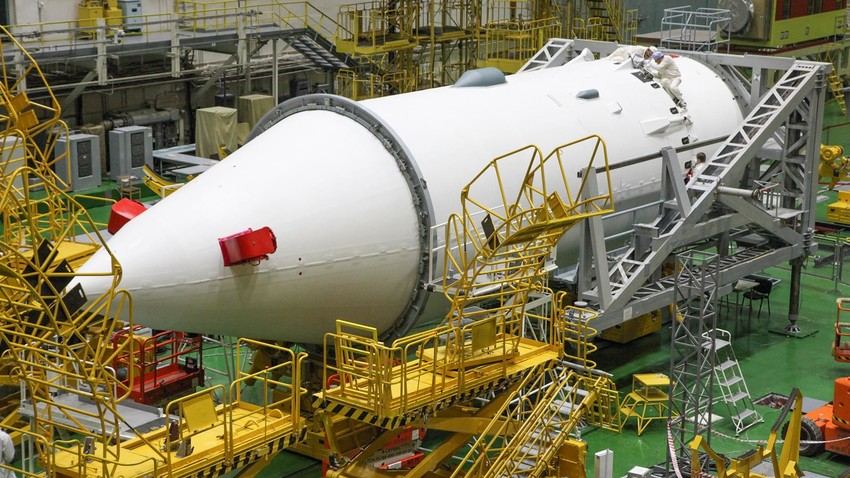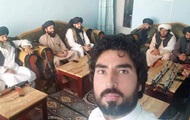The ‘Nauka’ module was supposed to be launched to the International Space Station (ISS) 14 years ago. So, its launch on July 21 was an extraordinary event. However, why did Russia keep launching it even though the ISS is going into retirement in 2024?
–
New Section of ISS
Nauka, which means ‘Science’ in Russian, is Russia’s first module on the ISS in eleven years and Russia’s first private laboratory in space. This module is actually a large spacecraft that once entered orbit can travel independently to the ISS and dock at the space station without the aid of other devices — something the American or European modules cannot do. The NASA module, for example, cannot fly on its own because it looks more like a building. To reach orbit, the module is sent in the cargo hold aboard the shuttle and docked to the ISS with an additional module.
Weighing over 21 tonnes, the Nauka is the heaviest Russian module ever built. The module, which is 13 meters long and 4.2 meters in diameter, was launched from the Baikonur cosmodrome, Kazakhstan, on July 21, 2021, and is expected to take eight days to reach the ISS. So, Nauka will arrive at the ISS around 29 July.
Scientific Experiments with Growing Embryos
The main use purpose of Nauka is for science. Currently, the Russian compartment on the ISS has two large modules, namely ‘Zarya’ and ‘Zvezda’, as well as three smaller modules, which are also used to dock space ships.

European Robotic Arm Installation (ERA).
Yuzhny/Roskosmos . Space Center —
Zarya, which means ‘Dawn’, is mostly used as cargo space, while Zvezda ‘Star’ is the main module compartment Russia’s ISS, which consists of only two cabins — life support and navigation systems. So there is no special cabin for scientific activities. Usually, equipment used for scientific activities is placed in a patch of available space and then stored back. That’s not ideal.
Meanwhile, Nauka has more than enough space for scientific activities: there are 14 workspaces inside the module and 16 outside, as well as a separate lab. In addition, Nauka also has centrifuges that can create artificial gravity and make it possible to study different stages of embryonic development.
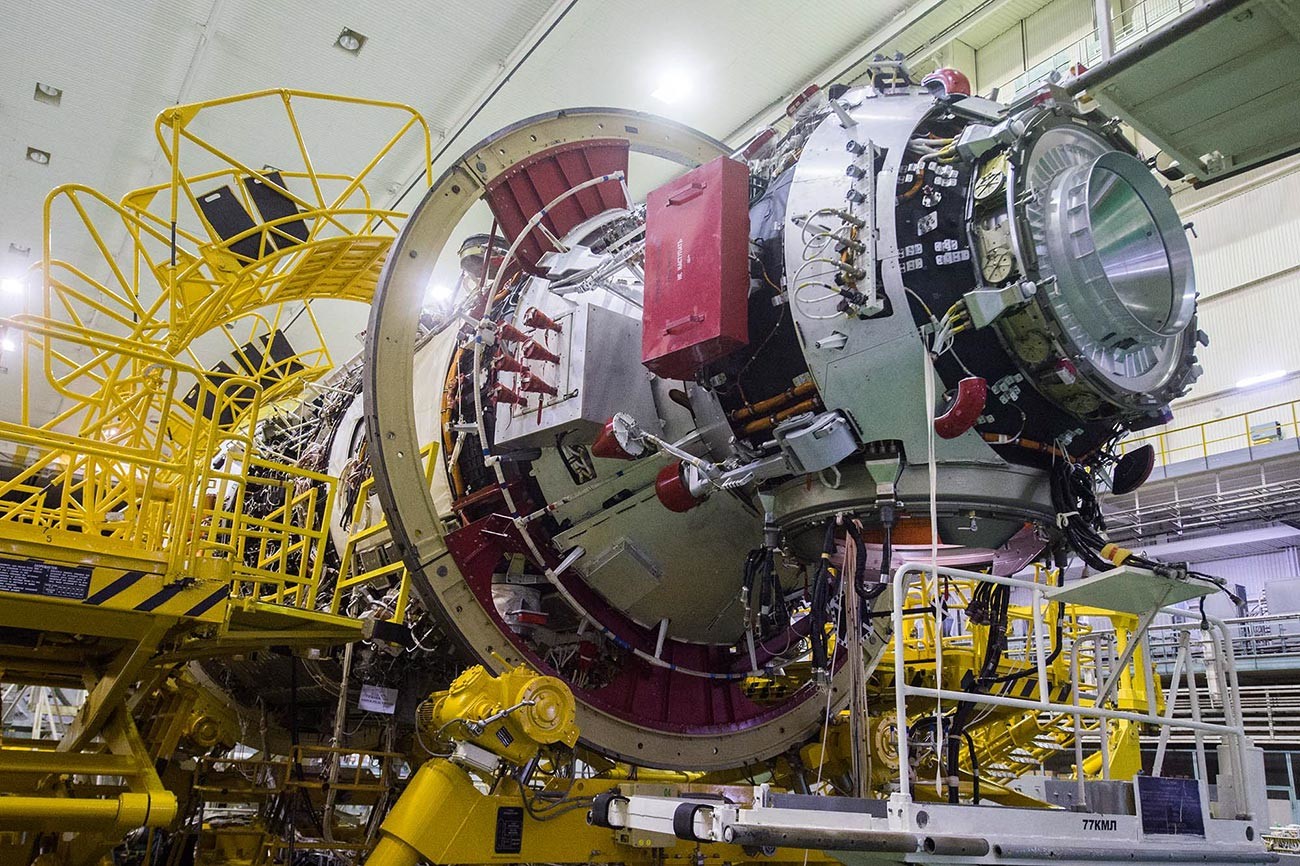
Yuzhny/Roskosmos . Space Center —
Another innovation that Nauka has is the European Robotic Arm (ERA) device, a remote-controlled space arm that allows scientists to easily repair and upgrade the exterior of the ISS, without having to go out often. This is what distinguishes this Russian module from those of other countries.
In general, Nauka could be considered more innovative, both than baik compartment Russia as a whole as well as than the other three IIS modules — American ‘Destiny’, European ‘Columbus’ and Japanese ‘Kibo’. However, there are also drawbacks, namely that the workspace for scientific activities can only use specially designed scientific equipment. Meanwhile, most other laboratories allow the use of various non-built-in equipment.
Why Was Nauka’s Launch Delayed For 14 Years?
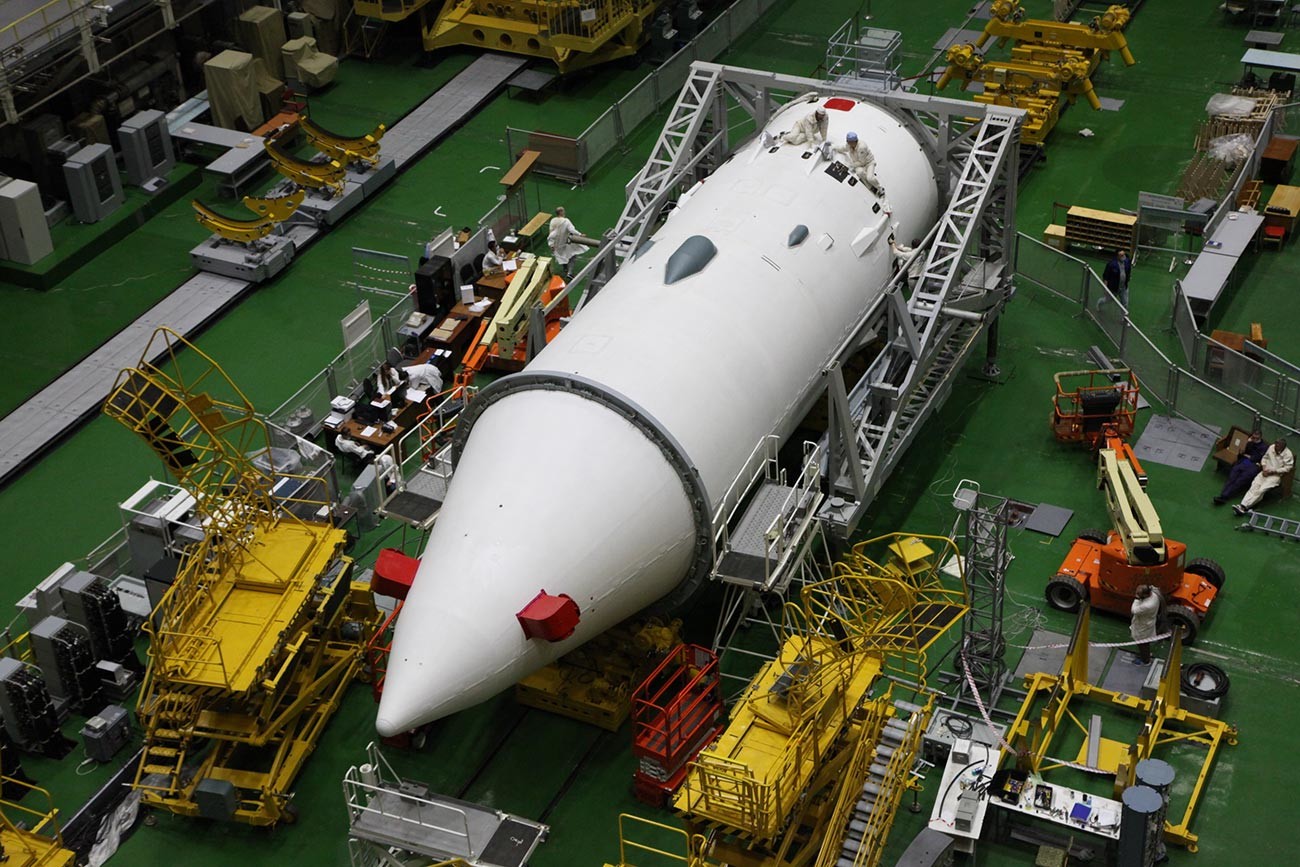
Yuzhny/Roskosmos . Space Center —
Nauka turned out to be one of the most problematic projects for compartment Russian ISS. Work was carried out in the mid-2000s and even then it was not from scratch: the Zarya spare module was decided to be turned into a scientific module (it was the first module to be launched into space, but instead of being part of the compartment ISS Russia, the module is funded and owned by NASA).
Zarya’s reserves were 80 percent ready when it was decided to turn it into a space laboratory planned for launch in 2007. But the deadline was changed repeatedly due to technical and financial problems.
The biggest problem occurred in 2013. During testing of the module, small metal fragments measuring 0.1 millimeters in diameter were found in the material pipe. Later, the same debris was also found in the fuel tank. Debris due to manufacturing defects is impossible to get rid of.
“The cleaning work did not go well. We worked two shifts for seven days without a day off, attended a number of meetings and panel meetings continuously, and carried out repeated tests. We made sure that the fuel tank was clean, but got dirty again during the test,” say source at the Khrunichev Center.
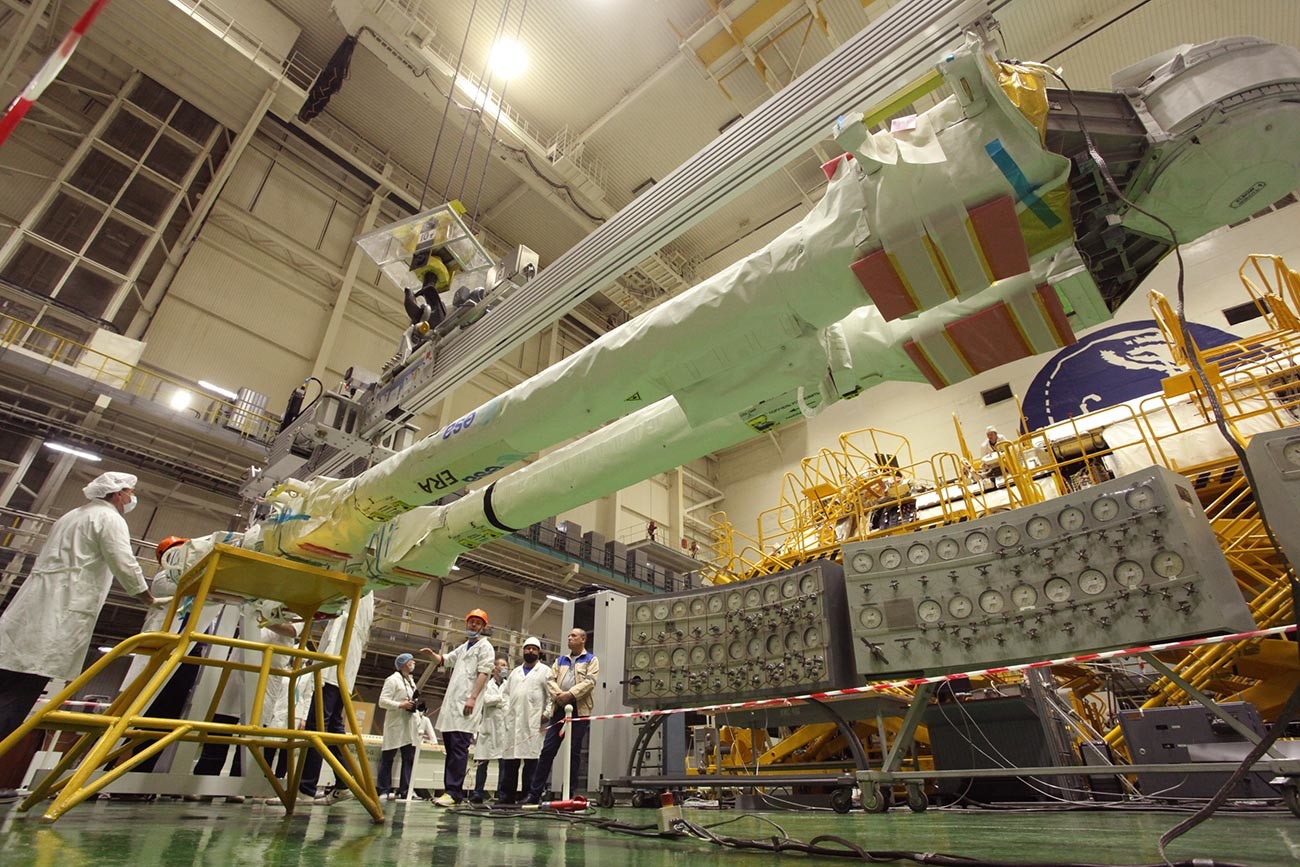
Yuzhny/Roskosmos . Space Center —
Those tiny bits could leave Nauka stranded on Earth forever: foreign objects in tanks and fuel pipes could theoretically get into the engine and stop it. As a result, the module will be stuck in orbit and burn up when it returns to Earth’s atmosphere. Meanwhile, developing new fuel tanks and pipes is impossible because the factory that makes them has long been closed and no other factory in Russia is capable of making them to the same specifications. The same thing was also experienced by the Nauka reserve fuel tank.
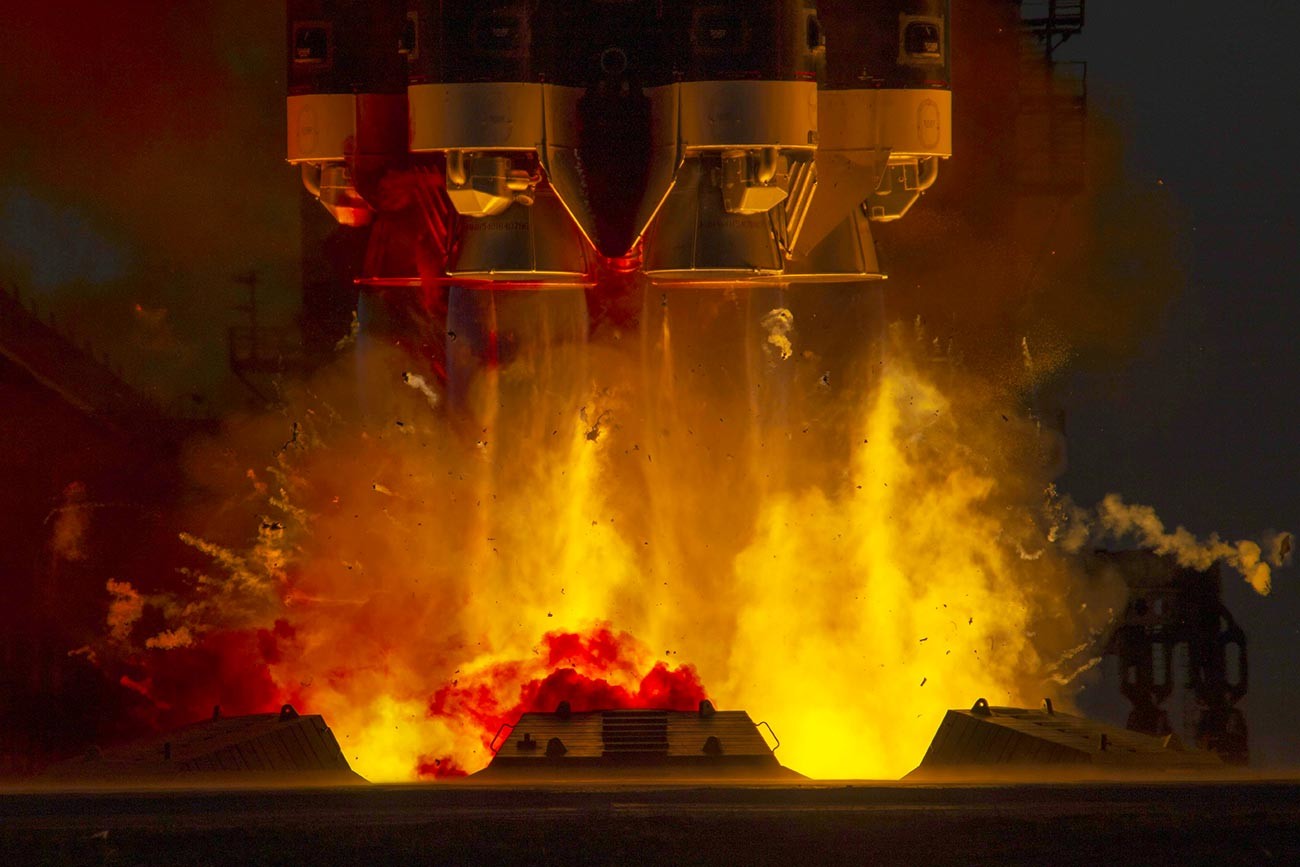 –
–
In the end, after various clean-up efforts, the panel meeting agreed to use the fuel tank on the condition that it would only be used once to enter orbit and not be integrated into the ISS complex fuel system (which would endanger the entire space station).
Extends ISS Life, but Not For Long
ISS age limit is getting closer, that is until 2024. Countries that participate in financing the ISS are considering their options.
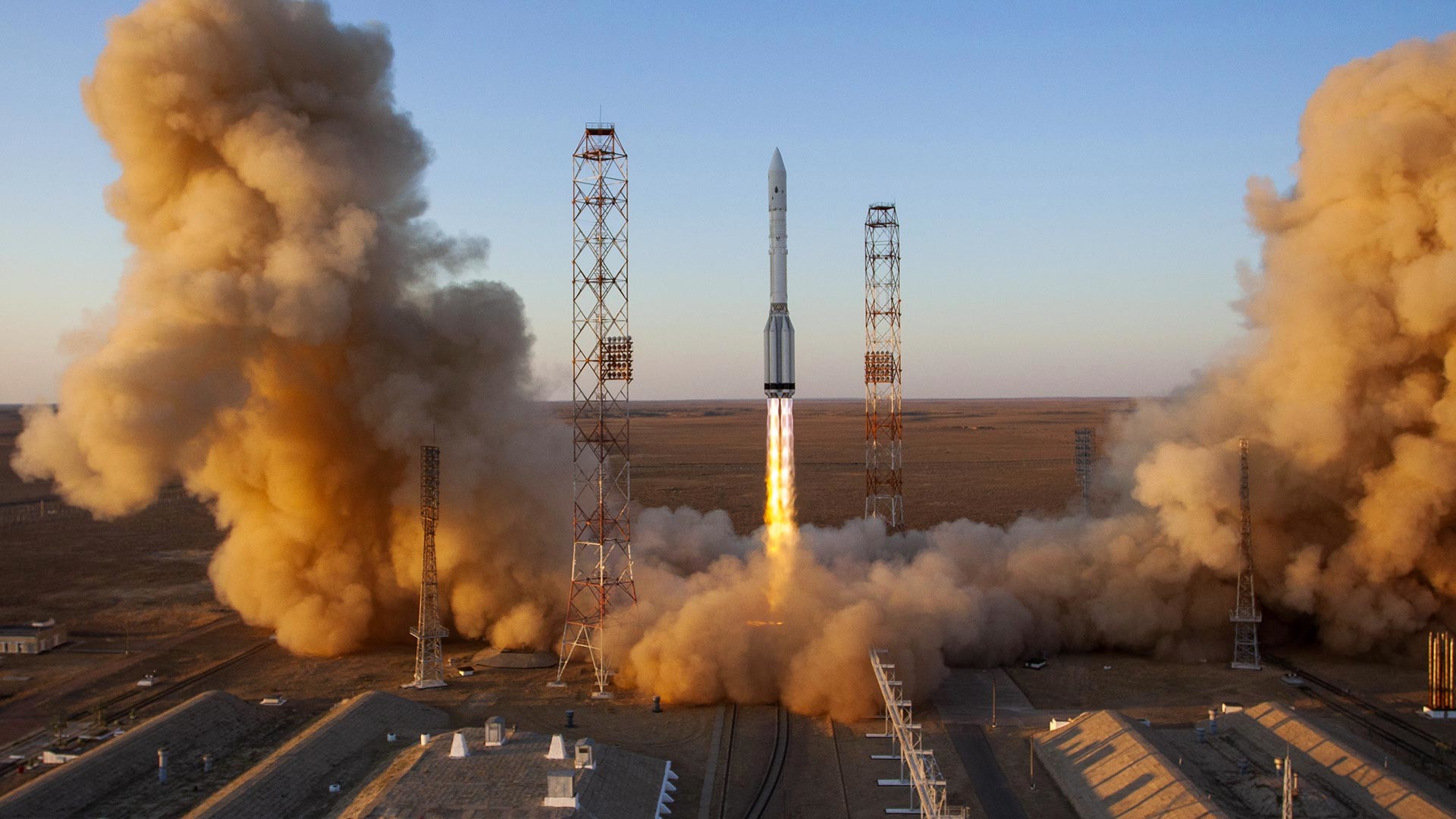 –
–
“There are already a number of elements that are severely affected by the damage and will cease to function. Many of those elements cannot be replaced. After 2025, we expect there will be an “avalanche” of elemental damage,” say Vladimir Solovyev, Deputy Director of RSC Energia, a Russian aerospace company that is a major producer of spacecraft, launch vehicles, rocket stages and missiles, in 2020.
The options available are sinking the ISS in the Pacific Ocean or reusing it as a transit station between Earth and the Moon, which is still being considered by several countries involved in the ISS project. As for Russia, it supports extending the service life of the ISS until 2028 and maybe even until 2030, which is when Russia plans to quit the ISS project and build its own space station. — Russian Orbital Service Station (ROSS). The decision to use Nauka seems to have been taken to meet the need for an extension of the ISS’ service life.
According to Solovyev, when it’s all over, Nauka will not join ROSS.
“Nauka is already very attached to the ISS and it will be very difficult to adapt it for use with the new station.” say Solovyev pada April 2021.
This is the reason What prevented American astronauts from passing the Soviet and Russian cosmonaut selection?
When extracting or citing any material from Russia Beyond, please include a link to the original article.
–
